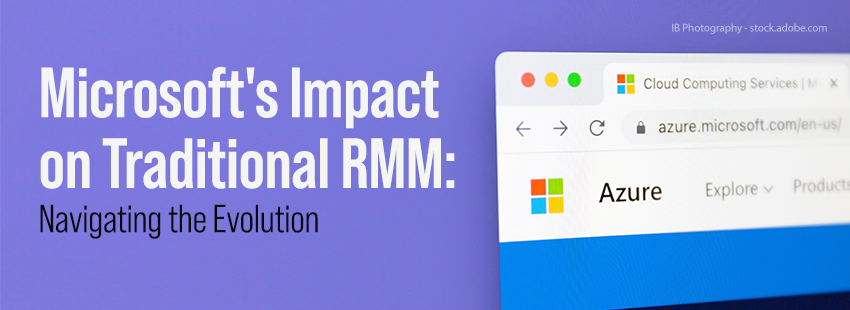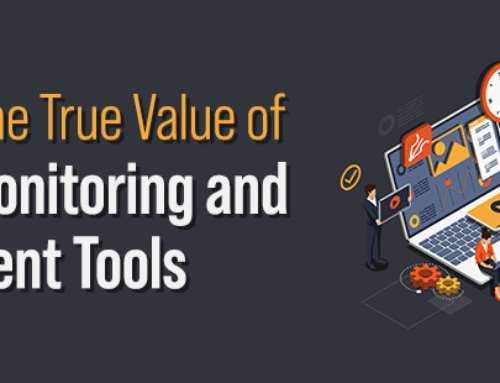The question lingers: will Microsoft kill the traditional RMM as we know it? Remote Monitoring and Management (RMM) has been undergoing substantial transformations. Microsoft, a tech juggernaut, has been making significant strides in various domains, leaving experts to ponder the future of traditional RMM solutions.
Transitioning into the discussion, let’s dissect the factors influencing the fate of traditional RMM. Microsoft’s dominance in cloud computing is undeniable. This prompts a pertinent query: can traditional RMM providers withstand the competition?
As Microsoft fortifies its Azure platform, traditional RMM providers face mounting challenges. Transitioning towards cloud-native solutions becomes imperative for staying relevant in this dynamic landscape. The integration of artificial intelligence within Microsoft’s ecosystem further amplifies this shift.
The landscape shift isn’t merely technological; it’s also perceptual. End-users are increasingly inclined towards integrated solutions. Microsoft’s suite of tools offers seamless integration, potentially rendering traditional RMM solutions obsolete.
However, it’s premature to declare the demise of traditional RMM. Microsoft’s approach, while formidable, may only cater to the intricate needs of some organizations. Niche requirements often demand the flexibility that traditional RMM solutions inherently provide.
Moreover, transitioning from traditional RMM to Microsoft-centric solutions involves a learning curve. Many businesses may need help overhauling their systems, fearing disruptions and potential downtime. This inertia can prolong the coexistence of both approaches.
In forecasting the future, collaboration emerges as a plausible scenario. Microsoft’s ecosystem can augment traditional RMM functionalities rather than outright replace them. A harmonious integration could harness the strengths of both paradigms.
Security remains a pivotal concern in this discussion. Microsoft’s robust security features are undeniable, yet traditional RMM providers have honed their expertise. The merger of these strengths might birth a hybrid solution, offering unparalleled security and scalability.
In conclusion, the transformation of the RMM landscape is underway, propelled by Microsoft’s expansive influence. While the traditional RMM may face challenges, its adaptability and specialized capabilities can ensure its coexistence. The narrative is not one of destruction but rather evolution, where collaboration and synergy between traditional RMM and Microsoft’s ecosystem may define the future of remote monitoring and management.
As the tech ecosystem continues its rapid evolution, businesses must remain agile, ready to embrace change and discern the synergies that can propel them into the next era of remote monitoring and management. The coexistence of traditional RMM and Microsoft’s innovations paints a dynamic canvas awaiting the strokes of strategic adaptation and harmonious integration.




